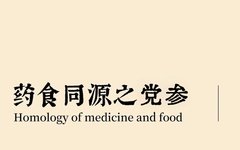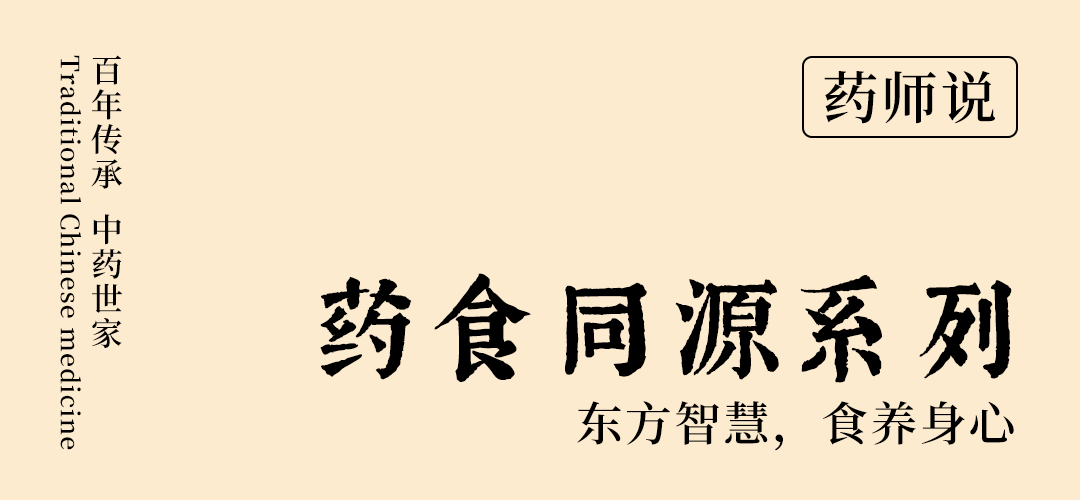
Traditional Chinese Medicine (TCM) culture has a long history. Since “Shennong tasted hundreds of herbs,” the concepts of “medicine” and “food” have been inseparable. This has led to the unique culture of “food as medicine,” which holds that many foods can serve as both food and medicine, capable of preventing and treating diseases.
In recent years, the National Health Commission has successively issued relevant policies to regulate food-medicine products. Currently, there are over a hundred substances recognized as traditional foods that are included in the “Pharmacopoeia of the People’s Republic of China” (hereinafter referred to as the “Chinese Pharmacopoeia”).
The Pharmacist’s Insights series will introduce these food-medicine substances one by one.
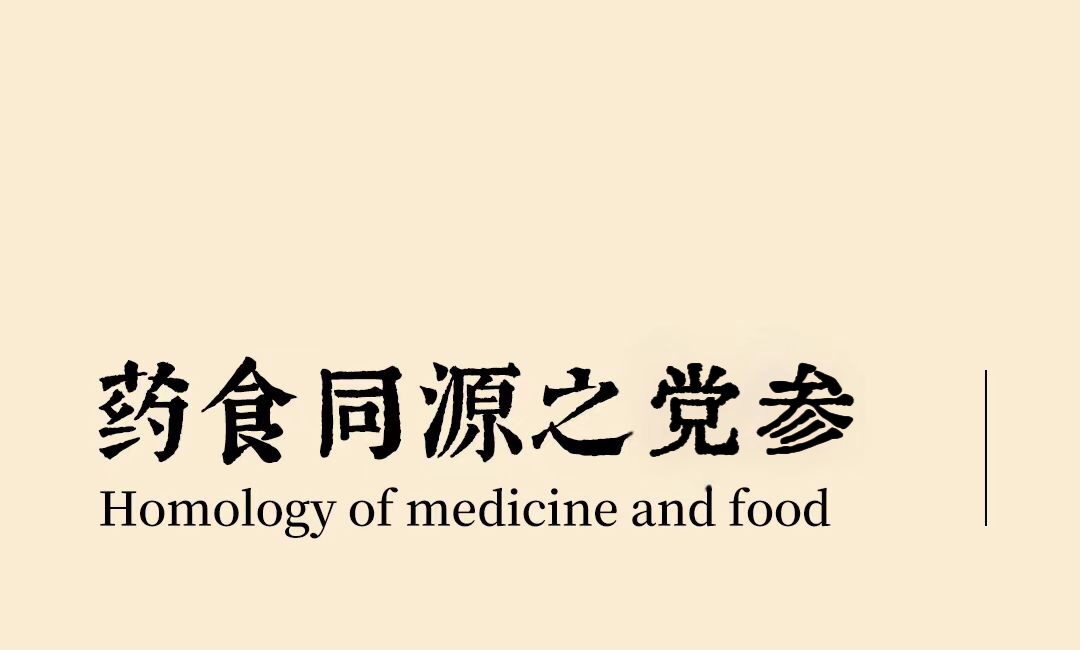
Dang Shen (Codonopsis), also known as Huang Shen, Dong Dang, and Lu Dang, is the dried root of the Campanulaceae plant Codonopsis pilosula or Codonopsis tangshen. It can be used medicinally and in food, making it a traditional dual-purpose tonic.
As a food, Dang Shen can be consumed in moderation and can be made into Dang Shen tea, Dang Shen wine, Dang Shen paste, Dang Shen porridge, Dang Shen honey, Dang Shen candied fruit, and Dang Shen stuffed snacks.
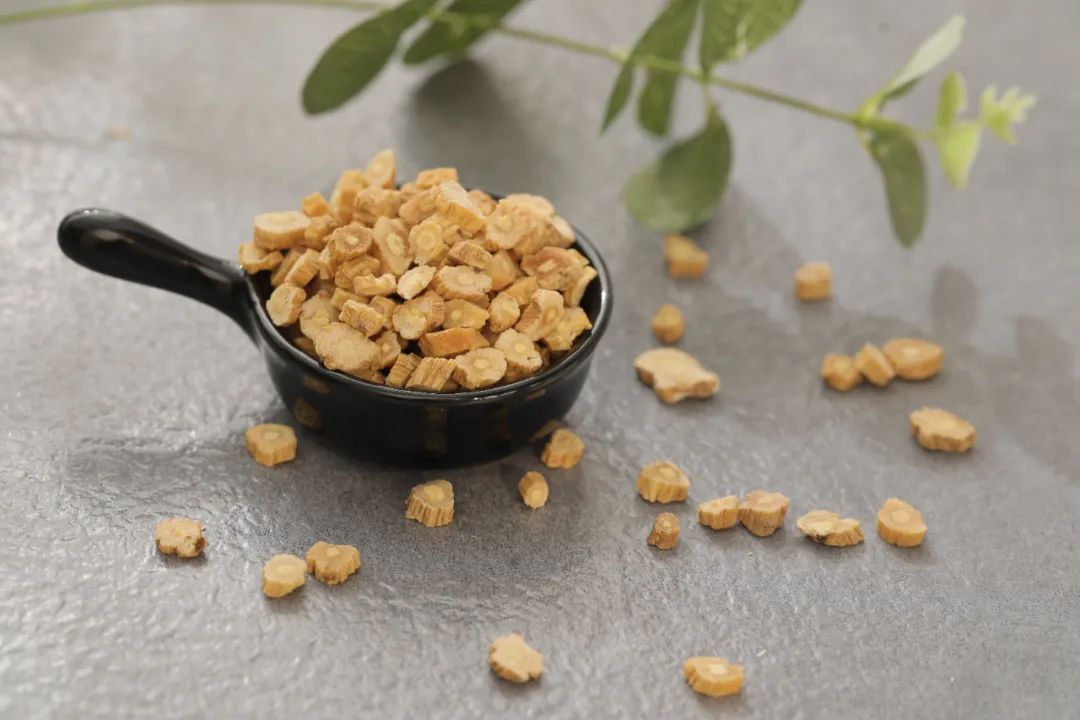
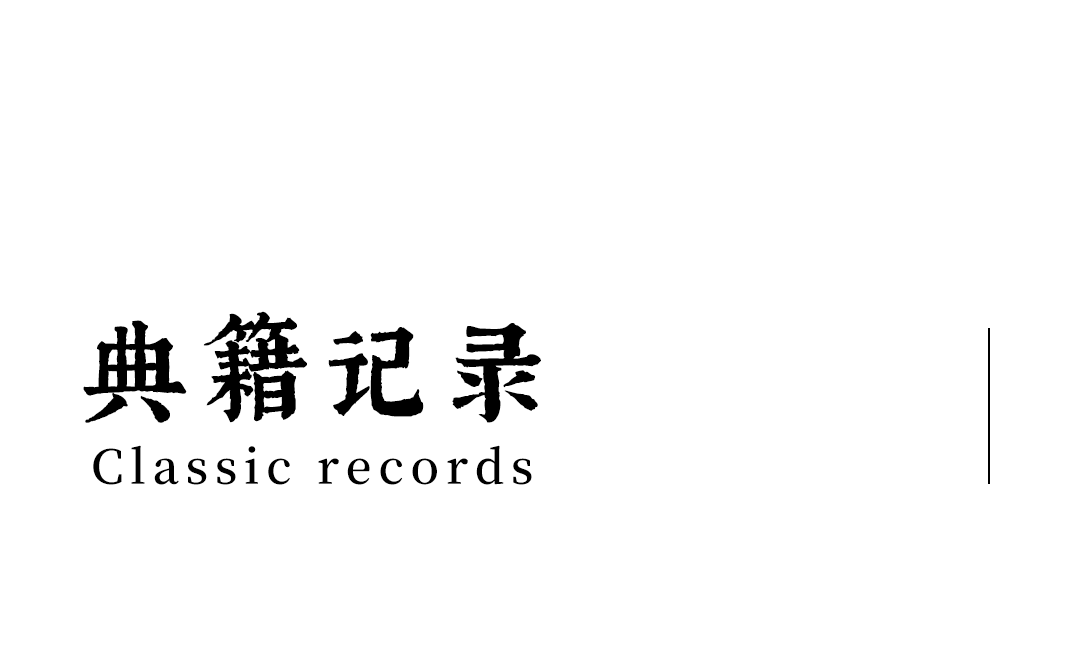
According to the “Pharmacopoeia”: Dang Shen is sweet and neutral, entering the Spleen and Lung meridians. It strengthens the Spleen and benefits the Lung, nourishes blood and generates fluids. It is used for Spleen and Lung Qi deficiency, poor appetite, fatigue, cough with shortness of breath, insufficient Qi and blood, pale complexion, palpitations, shortness of breath, thirst due to fluid damage, and internal heat leading to thirst.
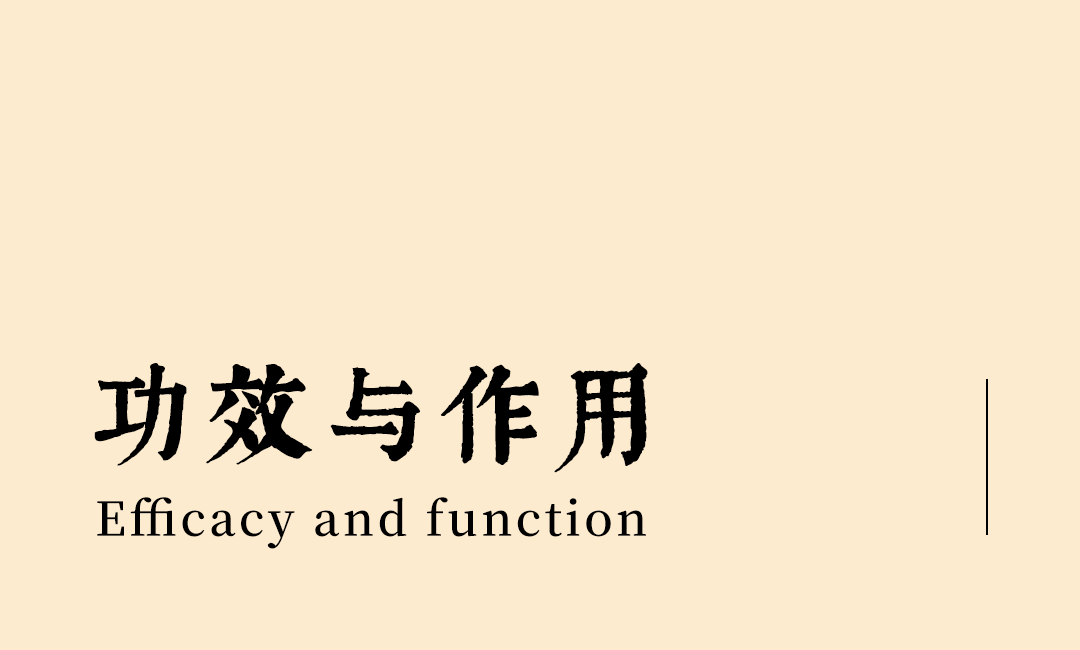
There are many records of Dang Shen’s efficacy in ancient texts:
“Bencao Congxin”: Tonifies the middle and benefits Qi, harmonizes the Spleen and Stomach, alleviates thirst. For mild Qi deficiency, it is used for adjustment and is very safe.
“Bencao Zhengyi”: Tonifies the Spleen and nourishes the Stomach, moistens the Lung and generates fluids, strengthens the middle Qi, and is not much different from Ginseng.
“Gangmu Shiyi”: Treats Lung deficiency and can benefit Lung Qi.
“Yaoxing Jiyao”: Can tonify the Spleen and Lung, benefit Qi and generate fluids.
Based on the comprehensive records, the effects of Dang Shen can be summarized as follows:
Strengthens the Spleen and benefits the Lung
Dang Shen is sweet and neutral, tonifying the Spleen and nourishing the Stomach, strengthening the middle Qi, and uplifting the clear Yang. It is commonly used to tonify the middle and benefit Qi. It treats Spleen deficiency with poor appetite, bloating, and fatigue. It can be used in place of Ginseng with Fu Ling (Poria), Bai Zhu (Atractylodes), and Zhi Gan Cao (Honey-fried Licorice) in the Four Gentlemen Decoction.
Dang Shen is sweet and neutral, entering the Lung without being drying, and is good at tonifying Lung Qi. It is used for insufficient Lung Qi, low voice, and shortness of breath, and can be used in place of Ginseng with Huang Qi (Astragalus), Wu Wei Zi (Schisandra), Zi Wan (Aster), and Sang Bai Pi (Mulberry Root) for the effects of tonifying the Lung and benefiting Qi, stopping cough and relieving wheezing, such as in the “Yonglei Qianfang” Lung Tonifying Decoction.
Nourishes blood and generates fluids
Dang Shen is sweet and neutral, benefiting the Spleen and Stomach, transforming essence, and generating Yin blood. It has the effect of tonifying Qi and generating blood, used for symptoms of dual deficiency of Qi and blood such as pale complexion, dizziness, palpitations, and fatigue. It is often used with Bai Zhu, Zhi Gan Cao, Shu Di Huang (Rehmannia), and Dang Gui (Angelica) in the Ba Zhen Wan (Eight Treasure Pill).
Dang Shen is sweet and neutral, entering the Lung without being drying, and is good at tonifying Lung Qi. It is used for insufficient Lung Qi, low voice, and shortness of breath, and can be used in place of Ginseng with Huang Qi, Wu Wei Zi, Zi Wan, and Sang Bai Pi for the effects of tonifying the Lung and benefiting Qi, stopping cough and relieving wheezing, such as in the “Yonglei Qianfang” Lung Tonifying Decoction.
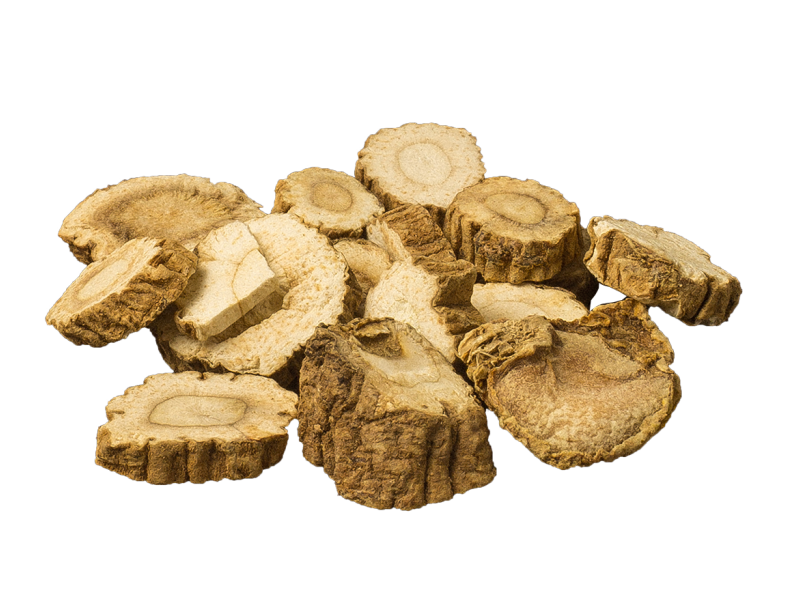
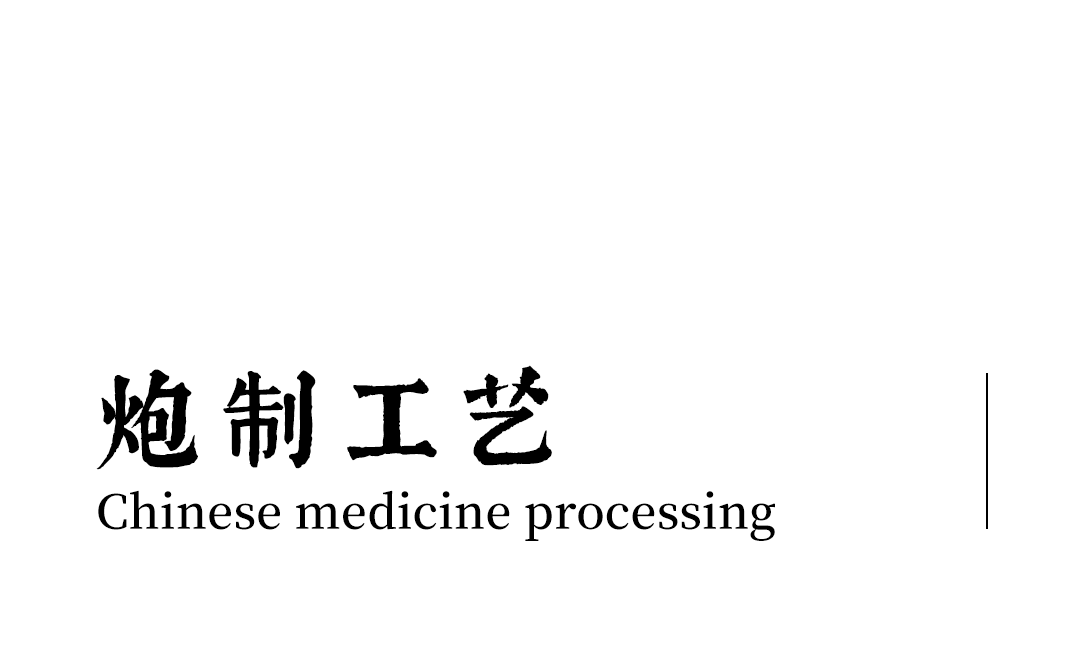
Dang Shen is harvested in the 2nd or 3rd year in September or October. The roots are dug up, cleaned, and dried for 4-6 hours. They are then bundled with string, kneaded to make the roots firm, and processed 3-4 times before being tied into small bundles for storage or processing. The preparation methods are as follows:
1. Dang Shen: Take the original herb, remove the fibrous roots and impurities, wash clean, soak, cut into thick slices, and dry.
2. Rice Dang Shen: Take clean rice, place it in a pot, heat over low flame, sprinkle a little water until the rice sticks to the pot, and when smoke appears, add the Dang Shen slices, gently stir-fry until the rice turns a yellowish color, then remove and cool, sifting out the burnt rice. For every 100 kg of Dang Shen slices, use 20 kg of rice.
3. Honey Dang Shen: Take an appropriate amount of honey, dilute it with hot water, mix it with Dang Shen slices, let it soak, and then stir-fry in a pot over low heat until the surface turns yellow-brown and is not sticky to the hand. For every 100 kg of Dang Shen slices, use 20 kg of honey.
4. Soil-fried Dang Shen: First, place the stove heart soil powder in a pot and stir-fry until loose, then add the Dang Shen slices, stir-fry over medium heat until the surface turns soil yellow, and the aroma of Dang Shen is released. For every 100 kg of Dang Shen slices, use 25 kg of stove heart soil.
5. Bran-fried Dang Shen: First, heat the pot with high heat, sprinkle in bran, and when smoke appears, add the Dang Shen slices, stir-fry until the surface turns slightly yellow, then remove and sift out the bran. For every 100 kg of Dang Shen, use 20 kg of bran.
6. Wine Dang Shen: Mix Dang Shen with rice wine, let it sit for 1 hour, then place it in a pot and stir-fry dry or bake. For every 100 kg of Dang Shen slices, use 12 kg of rice wine.
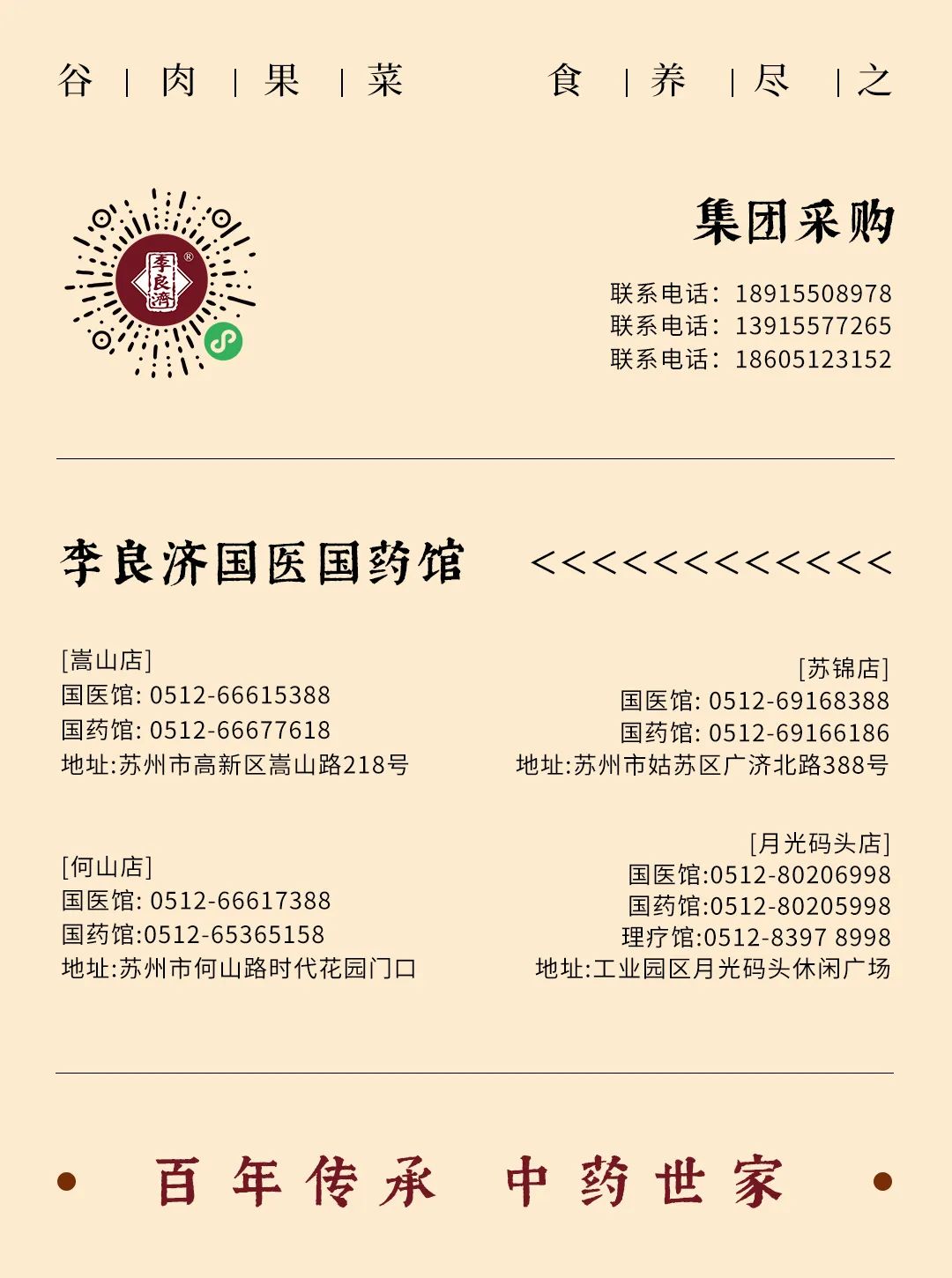
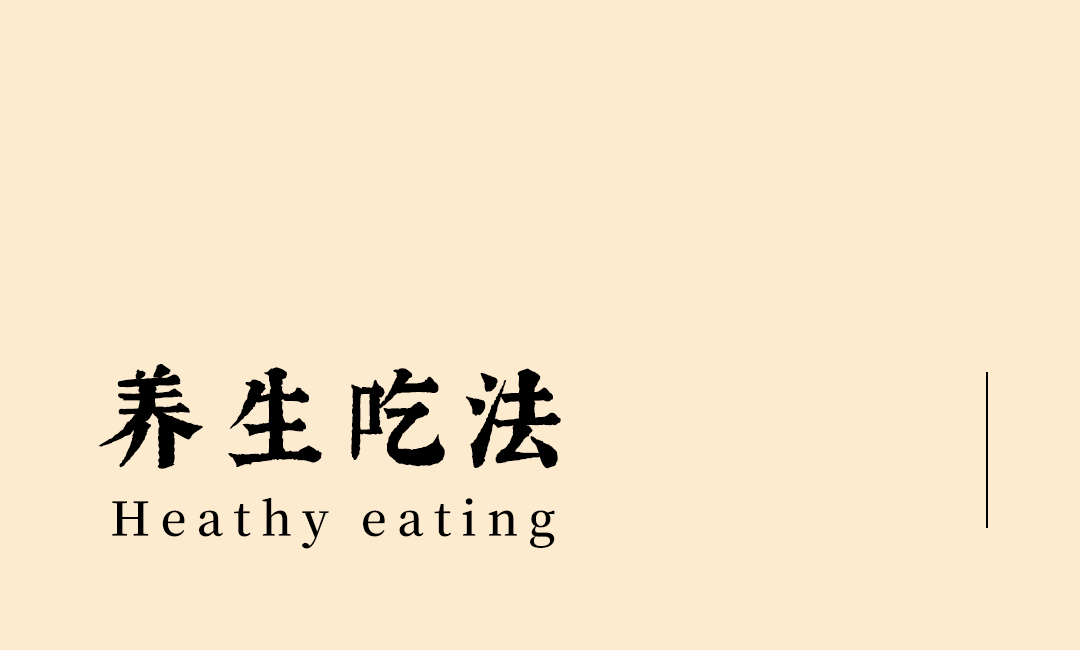
[ I ] Dang Shen Millet Porridge
Ingredients:20g Dang Shen, 100g millet.
Method:Crush the Dang Shen, add both ingredients with 1,000ml of water, and cook until the millet is soft.
Effect:Tonifies the Spleen and Stomach.
[ II ] Dang Shen Huang Qi Qian Shi Soup
Ingredients:20g Dang Shen, 30g Huang Qi (Astragalus), 30g Qian Shi (Euryale), 1 pig kidney.
Method:Clean and remove the odor from the pig kidney, then stew together.
Effect:Benefits Qi and strengthens the Spleen.
[ III ] Huang Jing Dang Shen Huang Qi Tea
Ingredients:15g Dang Shen, 15g Huang Jing (Polygonatum), 15g Shan Yao (Chinese Yam), 15g Huang Qi.
Method:Simmer together over low heat for 20 minutes, then switch to high heat to boil, strain and take the liquid.
Effect:Benefits Qi, nourishes deficiency, strengthens the Spleen, and moistens the Lung.
| Previous Review
# In the season of heavy dampness and weight loss, use these 3 methods to help you lose weight without losing Qi and blood!
▲Click the black text to view the original article
# Li Liangji awarded the title of “Chinese Time-honored Brand,” inheriting a century of quality and creating a brilliant future
▲Click the black text to view the original article
# Working during the day and maintaining health at night, Li Liangji’s night clinic has become a new choice for young people’s nightlife
▲Click the black text to view the original article
# Insufficient Qi and blood ages you quickly! Use these 3 methods to help you nourish Qi and blood and look younger~
▲Click the black text to view the original article


